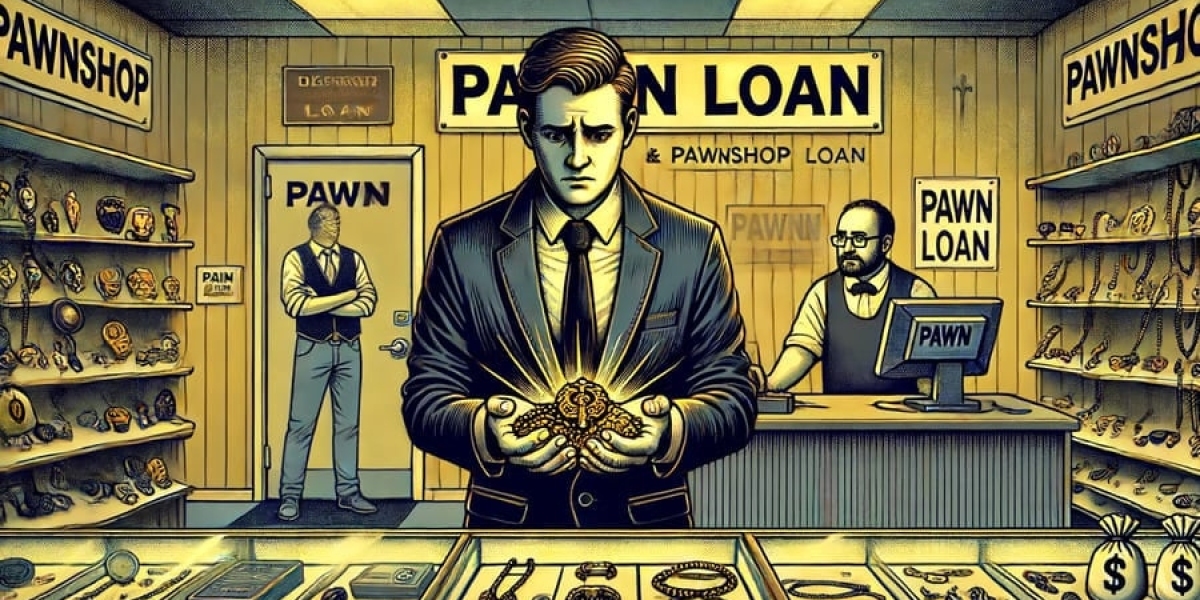Introduction
In the ever-evolving world of fashion and technology, a powerful trend is weaving its way to the forefront: embroidery digitizing. Once confined to logos and monograms, this advanced digital stitching technique is now a key enabler of hyper-personalized techwear. With the integration of AI and wearable tech, embroidery digitizing is revolutionizing how we express, connect, and function through our garments.
This article explores the cutting-edge applications, innovations, and future of embroidery digitizing within the realm of customized techwear—a topic that’s rarely explored yet highly relevant to designers, developers, and fashion futurists alike.
What is Embroidery Digitizing in the Age of Techwear?
Embroidery digitizing refers to the process of converting artwork into a machine-readable stitch file. In the context of modern techwear, it has evolved far beyond aesthetics:
Precision Placement of Smart Sensors
Conductive Stitching for Data Flow
Customization for Function & Form
The technique allows for seamless integration of electronics, from NFC chips to flexible OLEDs, into garments without compromising wearability.
AI: The New Partner in Digital Stitching
Today’s embroidery digitizing tools are supercharged by artificial intelligence, bringing automation and intelligence to:
Stitch path optimization
Material compatibility analysis
Error prediction before production
AI Features Empowering Designers:
| Feature | Benefit |
|---|---|
| Real-time Fabric Feedback | Reduces design distortion |
| Smart Stitch Prediction | Avoids over-penetration or weak seams |
| Adaptive Resizing | Ensures scalability without losing fidelity |
These innovations help brands and solo creators deliver bespoke fashion faster and smarter than ever before.
Techwear Meets Personalization: Embroidery’s New Role
1. Smart Identity Tags
Embroidery can now encode user identity and data using visual or RFID-compatible stitching, useful for:
Event-based clothing (concerts, expos)
ID verification for healthcare workers
2. Emotion-Responsive Embroidery
AI-based embroidery maps can change color or pattern based on the wearer’s mood, using:
Heat-sensitive threads
Embedded biometric sensors
3. Modular Design via Embroidery
Digitized embroidery zones allow:
Detachable patches
Swappable functional modules (Bluetooth buttons, trackers)
From Studio to Street: Workflow for Embroidery-Powered Techwear
Step 1: Concept & Input
Designers feed in artwork or select modules from an AI-enhanced library.
Step 2: Stitch Logic & Sensor Planning
AI maps circuits, active zones, and aesthetic overlays.
Step 3: 3D Simulation & Fitting
Preview in AR/VR tools with real-time motion simulation.
Step 4: Production File Generation
Files are generated for specific embroidery machines and thread types.
Step 5: Physical Embroidery + Tech Integration
Machine stitching is followed by manual sensor embedding where necessary.
Market Use Cases
A. Smart Athletic Apparel
Monitors posture, muscle strain, and hydration through embedded embroidery grids.
B. Corporate Wearable Solutions
Embedded access control, company credentials, and gesture-based controls for presentations.
C. Fashion-Tech Startups
Niche brands launching collections with interactive, responsive threads (LEDs, voice commands).
Sustainability & Scalability
Embroidery digitizing doesn’t just enable personalization—it promotes sustainable production:
Reduced trial-and-error waste
Reusable designs with smart variables
On-demand production to limit overstock
Additionally, cloud-based embroidery libraries allow for design reuse and style updates without new hardware investments.
Common Challenges
Compatibility Issues: Not all machines support smart threads
Thread Conductivity: Limited lifespan under repeated washing
Learning Curve: Designers must learn new tools, despite AI assistance
What’s Next? Emerging Trends
Touch-Enabled Stitch Interfaces
Biometric-activated patches
Blockchain-authenticated embroidery (proving garment origin)
Generative AI designs with live feedback loops
Final Thoughts
Embroidery digitizing is no longer just about decoration—it's about data, interaction, and expression. As techwear continues to push the boundaries of fashion and function, embroidery digitizing stands at the intersection of both worlds, giving designers the ability to stitch innovation into every seam.
For startups, techwear enthusiasts, and fashion engineers, embracing this fusion will be key to standing out in a saturated market.





